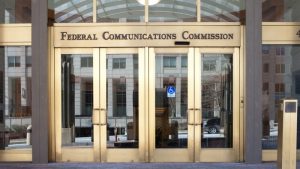State organizations are often confusing labyrinths – and difficult for laymen and even policy wonks to clearly understand – but in the case of Oregon state government IT functions the line of responsibility is clear with state Chief Information Officer (CIO) Terrence Woods reporting directly into Gov. Tina Koteck as a member of her cabinet.
Following up on efforts that began in May of this year, the General Services Administration (GSA) and Department of Labor (DoL) have expanded their partnership to now offer all states the opportunity to use Login.gov to help improve access, decrease fraud, and increase security in the delivery of unemployment insurance (UI) benefits.
As AI technologies are increasingly used to create deceptive content, Cybersecurity and Infrastructure Security Agency (CISA) Director Jen Easterly said on Tuesday that Americans can remain confident in U.S. election infrastructure, but also warned that the information environment is at risk.
Boise State University has hired Brandon Bowlin as its new chief information security office (CISO). Brandon’s work will be part of the university’s Office of Information Technology.
As part of the new school year, parents in Caldwell County, N.C. will be able to monitor their students’ ride to and from school with a mobile app.
The state of Ohio is partnering with The Ohio State University, Columbus State Community College, and the Workforce Development Board of Central Ohio to offer free, broadband-related job training.
The Federal Communications Commission (FCC) has committed nearly $7 million in new funding through the Emergency Connectivity Fund Program, which provides digital tools and services to support students nationwide.
The Texas Department of Information Resources (DIR) has launched a new portal that local government entities can use to report cybersecurity incidents.
Through an investment of $386 million, Kentucky Gov. Andy Beshear said his state will bring high-speed internet access to more than 42,600 homes and businesses for the first time.
The Government Accountability Office (GAO) is estimating that unemployment insurance fraud during the COVID-19 pandemic reached a range of $100 billion to $135 billion – way up from the $60 billion the watchdog agency previously estimated earlier this year.













